Durga Puja and Dhaka’s shared past
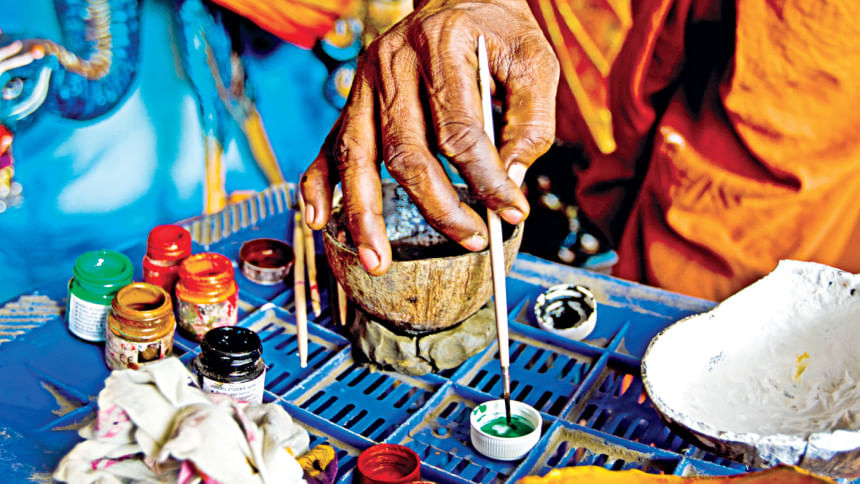
Once again, the majestic visitor of Sarat, or autumn, descends to her father's abode on her annual visit. This year, Goddess Durga is riding an elephant, which, according to traditional Hindu belief, is the regal and auspicious mode of transport that promises good times for her devotees.
Durga's mode of arrival and departure is always seen to carry divine signals for the year ahead, and the news of the moment is that Earth will be lush with good crops, replenishing rains and prosperity for society's well-being.
This belief was shared by Tarock Nath Ghosh, a goldsmith by profession and a classical tabla player by passion. His ancestral home, beside the Lalbagh Fort and the old Durga temple of Sri Sri Girigovardhan Jiu at Pushparaj Saha Lane, is said to have a history stretching back 300 years.
The geographical boundary and politics of culture have changed with time, but the ageing Tarock Nath Ghosh was quick to point out that Bengal has always maintained a peaceful synergy between people of different religions.
"Puja celebrations in Dhaka have evolved, but there was a time when there was no distinction between a Hindu devotee and a Muslim enthusiast," he recalled fondly. "It was a community festival where everyone took part, just as Hindus celebrated Shab-e-barat and Eid in Old Dhaka for ages."
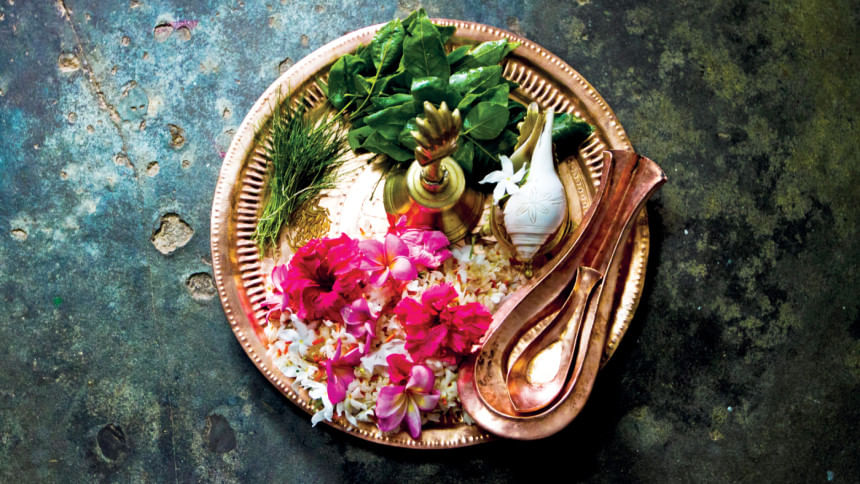
Ghosh added, "There were many types of competitions held during the festivals of Hindus and Muslims in Old Dhaka. A spirited devotional dance during Durga Puja with traditional earthen incense burners, called Dhunuchi Naach, was performed by my Muslim friends. They invited themselves to luchi-niramish and dhak-dholi events. Similarly, I used to partake in making handmade firecrackers called moura-atoshbaji and eating halwa roti during Shab-e-barat."
It is a documented fact that the common people of Bengal have long shared cultural ties that extend beyond festivities. In the 19th and early 20th century, people dressed in dhoti-kurtas, and it was not until the height of colonial power that dress codes began to differ along religious lines.
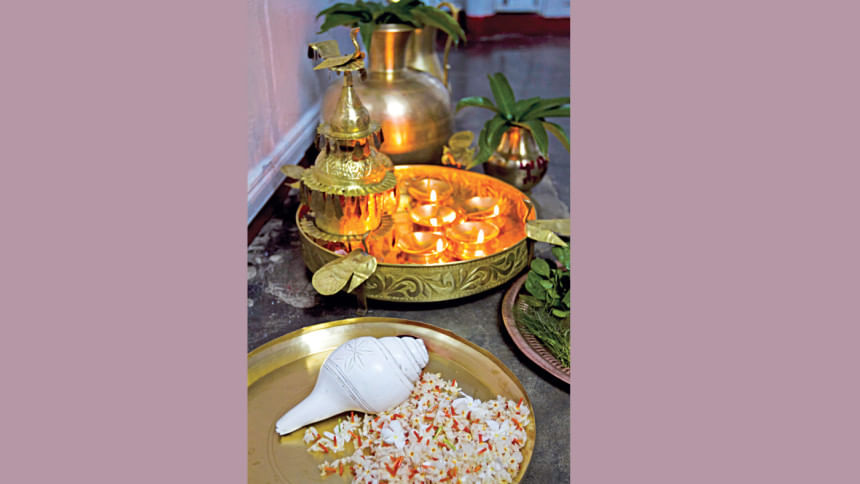
Through the oral history of people like Tarock Nath Ghosh, we are reminded that celebrations such as Durga Puja are more than just customs; they are powerful tools for fostering harmony within the community.
Historically, they have brought people together, and as Goddess Durga descends to her mortal abode, she brings more than prosperity. She ushers in hope that people in these turbulent times will learn from the past -- a time when communal harmony carried us beyond the boundaries of faith.

 For all latest news, follow The Daily Star's Google News channel.
For all latest news, follow The Daily Star's Google News channel. 


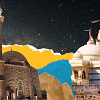

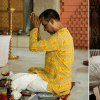
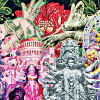


Comments